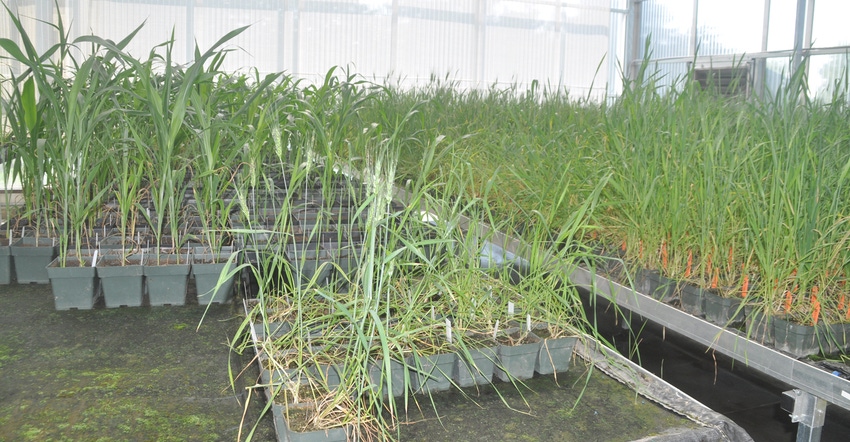March 23, 2017

President Donald Trump's first attempt at offering a budget is out. For agriculture, it is not a pretty sight.
After giving up big bucks in the 2014 Farm Bill, agriculture needs to be made whole, not slashed again. But Trump's initial budget proposal would slash the budget for USDA by 21%, digging deep into rural development and research grants and reducing staff at service center agencies.
The budget cuts USDA's "discretionary spending" budget by $4.7 billion. The reality is that that slashes some of the very programs most in need of increased funding. They include food safety, rural development and conservation, research grants, and international food aid.
The plan is to do away with the water and waste-disposal loan and grant program, which helps rural communities build, improve or repair rural water and waste infrastructure. About $200 million would be cut from the Supplemental Nutrition Program for Women, Infants and Children, and the McGovern-Dole International Food and Education Program would be eliminated.
Perhaps most disturbing of all are cuts to the Agricultural Research Service affecting the "highest priority issues" such as increasing farm production and sustaining natural resources.
Kansas farmers are already facing big challenges that only research can meet. The sugarcane aphid is decimating grain sorghum fields, and only research can bring relief in the form of new varieties with resistance to the insect pest.
Researchers at K-State are working to find resistance genes to an emerging disease called wheat blast that has caused yield losses of up to 100% in Brazil, Bolivia and Bangladesh. So far, seven years of work have provided some promising leads but only one gene that confers partial resistance. Only more money moving into research can provide the answer.
American Soybean Association Chairman Richard Wilkins put it succinctly in testimony before the House Agriculture Subcommittee on Biotechnology, Horticulture and Research.
"The research title of the farm bill represents the nation's signature federal investment in the future of the food and agriculture sector," Wilkins said. "In fact, the success of every other title in the farm bill and those who are charged with carrying out their respective missions is arguably dependent in significant part on the scientific outcomes and tools generated by programs authorized thorough the research title and then funded by Congress," he said.
He pointed out that federal funding for food and ag research, Extension, and education has been essentially flat for more than 20 years despite the obvious need for more funding. In real terms, funding has declined by more than 25% since 2003, he told the subcommittee.
Testifying before the same committee, Jim Carrington, president of the Donald Danforth Plant Science Center in St. Louis, pointed out that China, one of the primary competitors of the U.S. in the global marketplace, has invested heavily in agricultural research and now has more than twice the U.S. ag research budget.
Perhaps an administration that wants to make America great again should look back to the 1940s when the USDA share of the federal research budget was 40%, compared to the under 3.5% it is today.
And just maybe a president who pledges a $1 trillion infrastructure project could find a little room in that largess for rural water and waste removal systems.
You May Also Like




